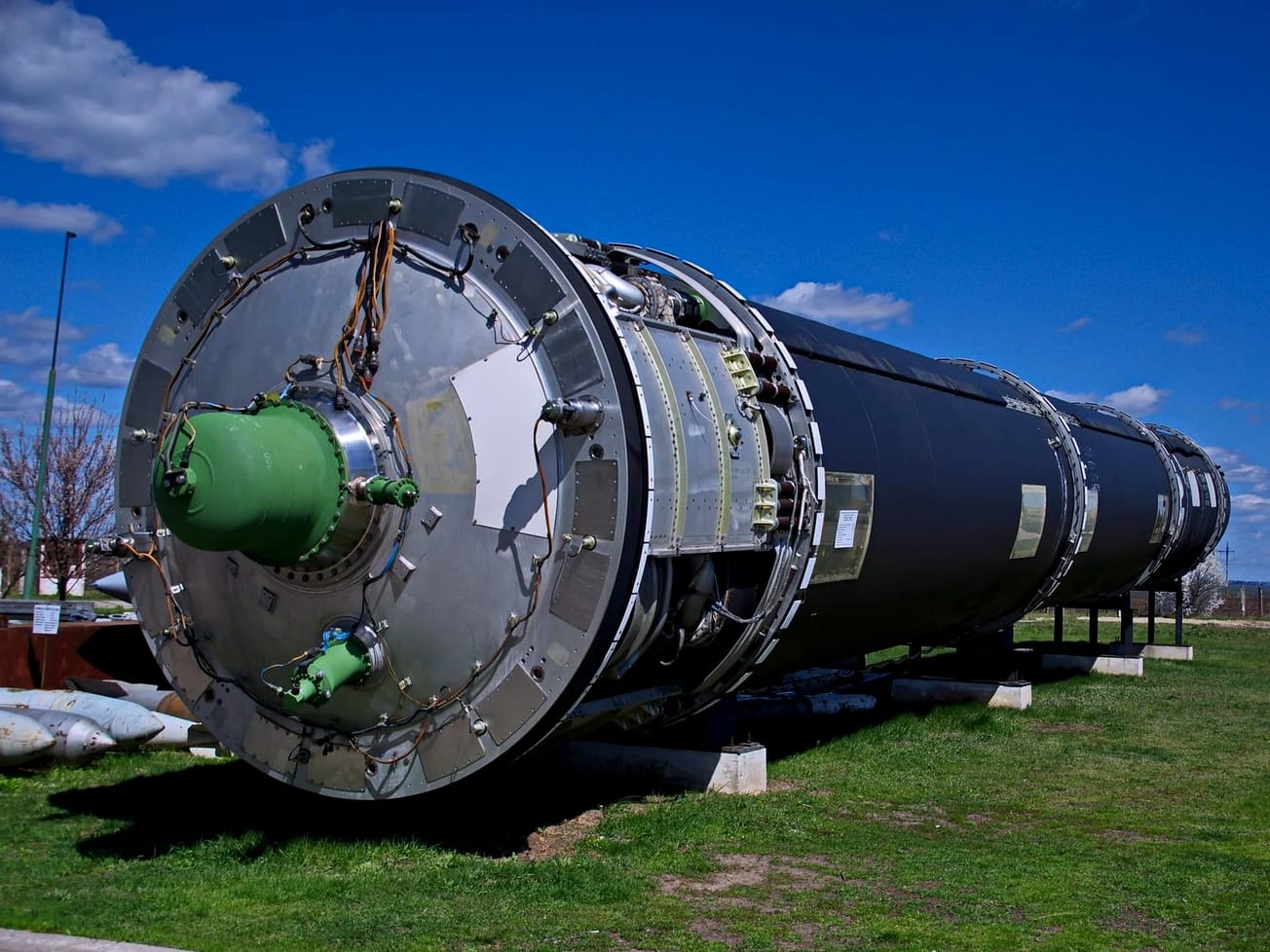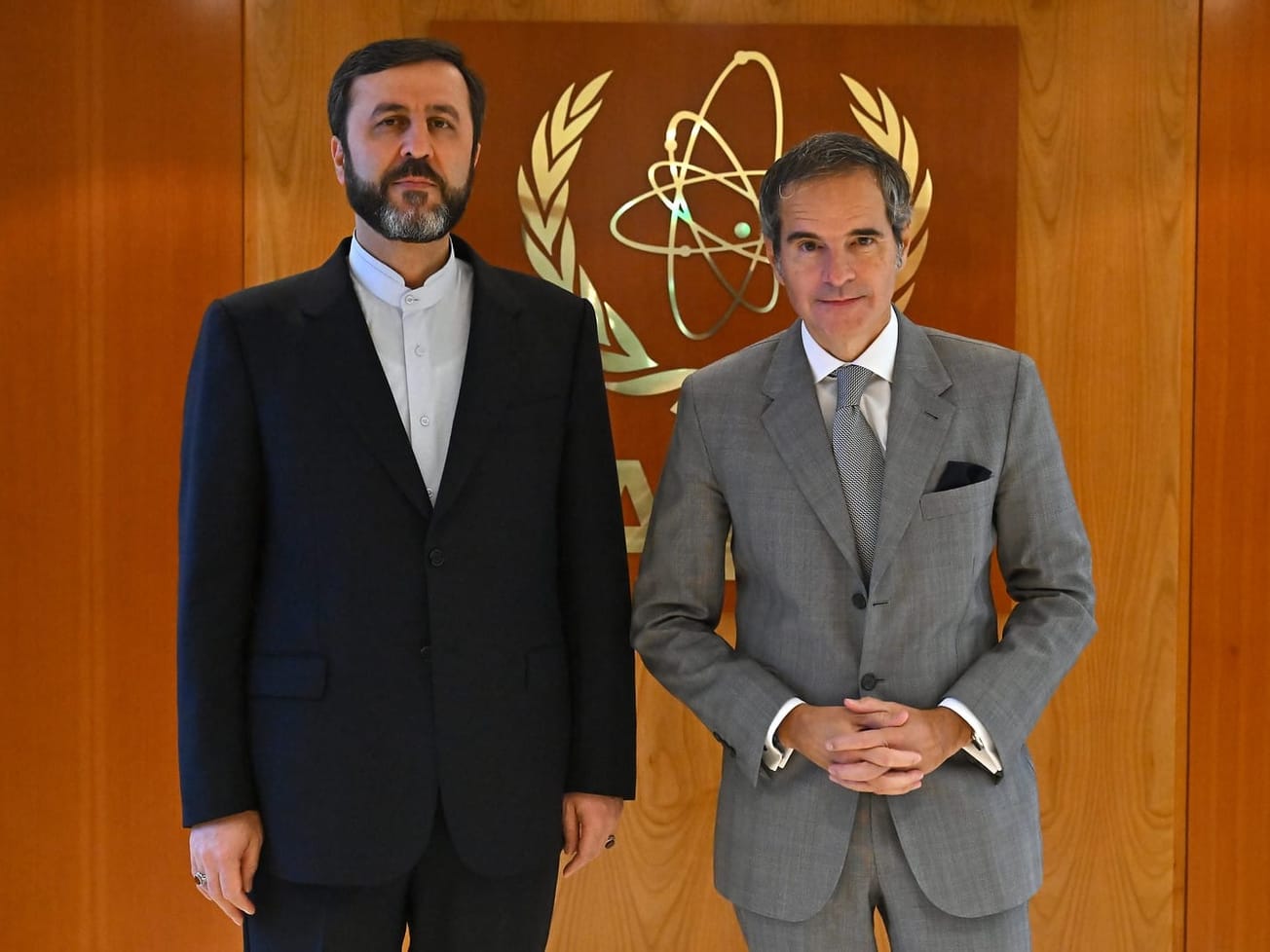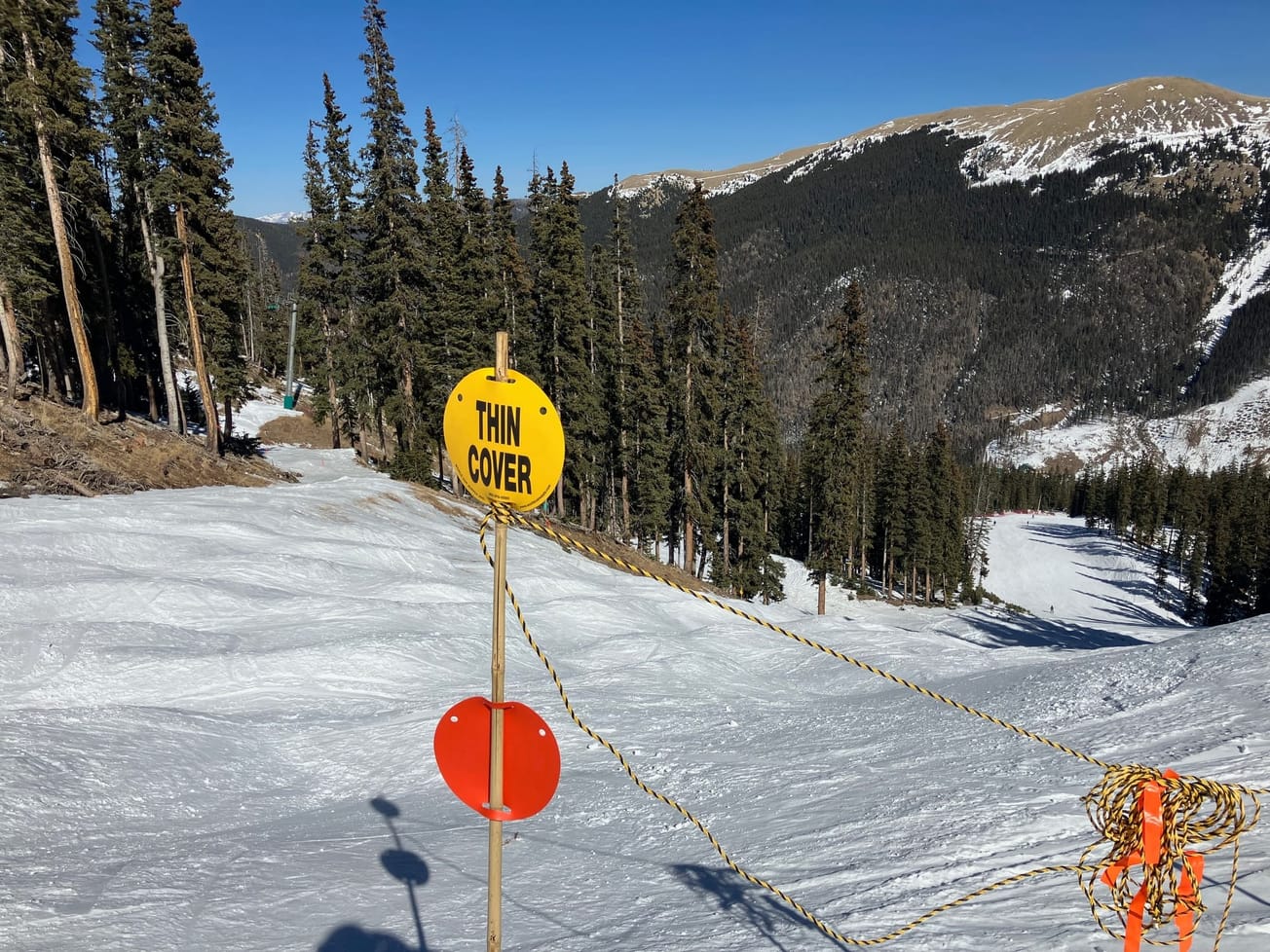The Nuclear Threat Initiative's biennial checkup shows nuclear safety conditions are "regressing among the dozens of countries and areas with weapons-usable nuclear materials and nuclear facilities" as geopolitical tensions rise.
The Washington-based NTI said its 2023 Nuclear Security Index on Tuesday marked the first-ever decline in safety since it began compiling the data in 2012. It noted that the erosion of nuclear security coincides with growing nuclear security dangers and alarming increases in stockpiles of weapons-usable nuclear materials.
“The bottom line is that the countries and areas with the greatest responsibility for protecting the world from a catastrophic act of nuclear terrorism are derelict in their duty,” the report finds. “This is a particularly disheartening development with geopolitical and economic instability, violent non-state actors, environmental disasters, and cyber attacks all on the rise.”
The biennial report comes as the warring nations, Ukraine and Russia, accuse each other of plans to sabotage Europe's biggest nuclear plant, the Russian-occupied Zaporizhzhia Nuclear Power Plant in Ukraine.
The Vienna-based International Atomic Energy Agency said it found no evidence of planted mines or explosives at the plant, where nearby fighting and shelling has kept the region on edge, but that it needed better access to be certain.
The sixth edition of the index, produced by the nonpartisan NTI in partnership with Economist Impact, tracked progress on global nuclear and radiological security across 175 countries and Taiwan.
It also underscores the growing demands on IAEA in trying to maintain nuclear safety and security around the world despite inconsistent support for its mission.
The report said stocks of weapons-usable plutonium at civilian nuclear facilities grew rapidly at a time of little to no improvement in security and insider threats.


A 'new era of instability'
Since 2019, global inventories of separated civil plutonium rose by 17,000 kilograms, or enough material for more than 2,100 nuclear weapons, main due to commercial nuclear plant reprocessing.
More than a third of countries and areas with nuclear facilities had no regulations to protect their nuclear infrastructure during a natural or human-caused disaster.
There was improvement on some fronts. For example, inventories of weapons-usable nuclear material available for civilian use are gradually declining. But leaders must do more to prevent hard-fought progress on nuclear security from unraveling, said NTI's CEO Ernest Moniz, a former U.S. Secretary of Energy.
"In this new era of instability, it is crucial that the global nuclear security architecture be fortified to prevent nuclear catastrophe," he said. "Leaders have an obligation to rise to this challenge.”
In June, a Swedish think tank reported that the global inventory of nuclear weapons fell almost 2% but the number of ready-to-use warheads was dangerously on the rise.
And as the nine nuclear-armed nations – the U.S., Russia, China, U.K., France, India, Pakistan, North Korea and Israel – modernize their arsenals, some have deployed new nuclear-armed or nuclear-capable weapons systems, said the Stockholm International Peace Research Institute.
A report by the Geneva-based International Campaign to Abolish Nuclear Weapons found those nine nations collectively spent US$82.9 billion on nuclear weapons in 2022 – up by US$2.5 billion from a year earlier – the third consecutive year such spending increased.
The U.S. accounted for US$43.7 billion, or 53% of all of last year's spending. China spent US$11.7 billion and Russia spent US$9.6 billion, or 14% and 12%, respectively, of what the nine nations collectively invested in nuclear arms.








